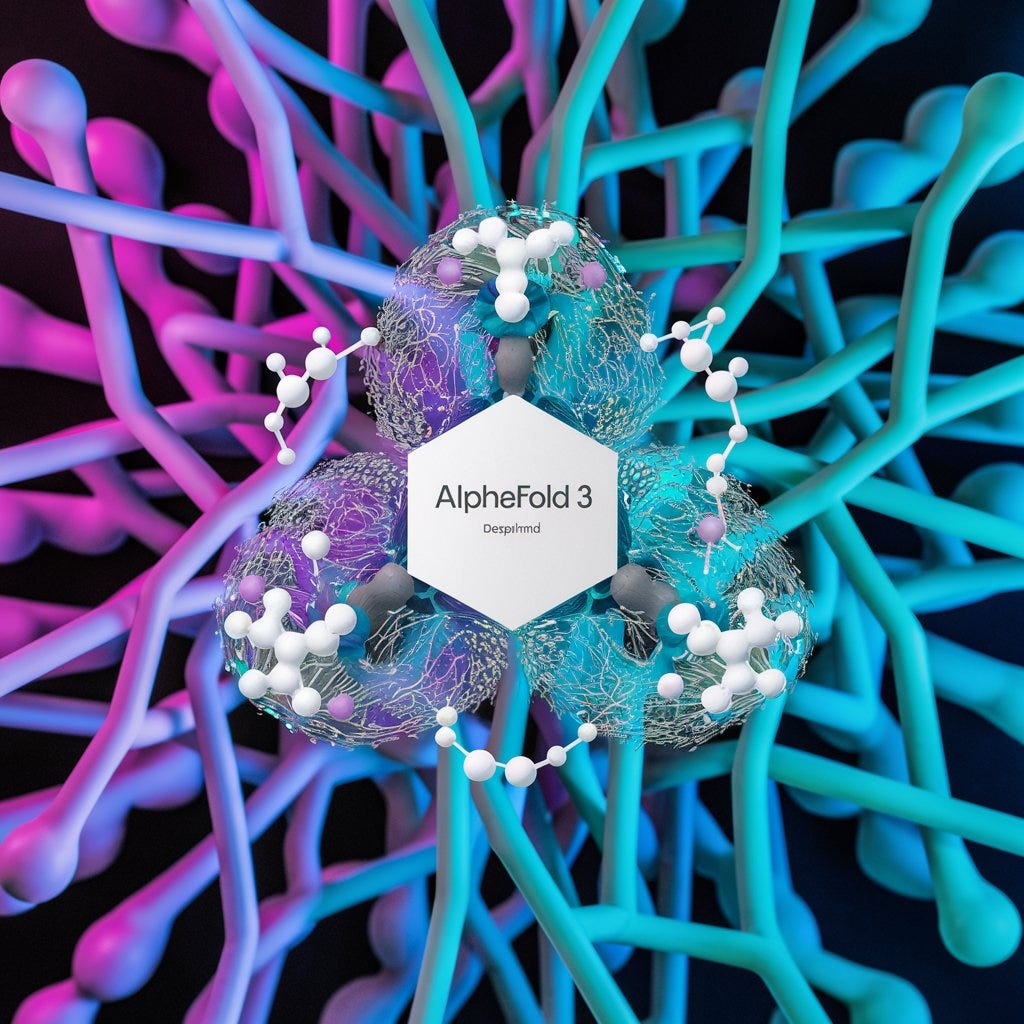Edge 400: Inside AlphaFold 3: Google DeepMind's Amazing BioScience Model
The model expands from its predecessors and is able to predict the structure of many of the life's molecules.
Today is the 400th edition of The Sequence Edge! 170,000 subscribers later, TheSequence is widely recognized as one of the largest, most technical AI newsletters in the world. What a journey. It’s a provilege to write this newsletter almost every day and I really would like to thank you for your continued support.
AI for science is one of my favorite forms of AI 😊. You can argue that the real test for AGI is when it’s able to create new science. No company in the world has been pushing the boundaries of AI for science like Google DeepMind. Among the scientific achievements of DeepMind models, none has achieved more notoriety than AlphaFold, the model that was able to predict protein structures from a sequence of amino acids. A few days ago, DeepMind published details about AlphaFold 3, which expands its prediction capabilities beyond just proteins to a broad spectrum of biomolecules.
Our understanding of life’s molecules is a core foundation of our understanding of biological life and certainly the cornerstone of drug discovery. AlphaFold 3 is able to predict the structure of large molecular structures such as proteins, RNA, DNA, or even small molecules such as ligands. Even more impressive is the fact that AlphaFold 3 can model the chemical interactions in those molecules which effectively control cell functioning. Starting with a list of molecules, AlphaFold 3 is able to generate a 3D structure that clearly visualizes its joint 3D structure, revealing its intricacies and interactions.

